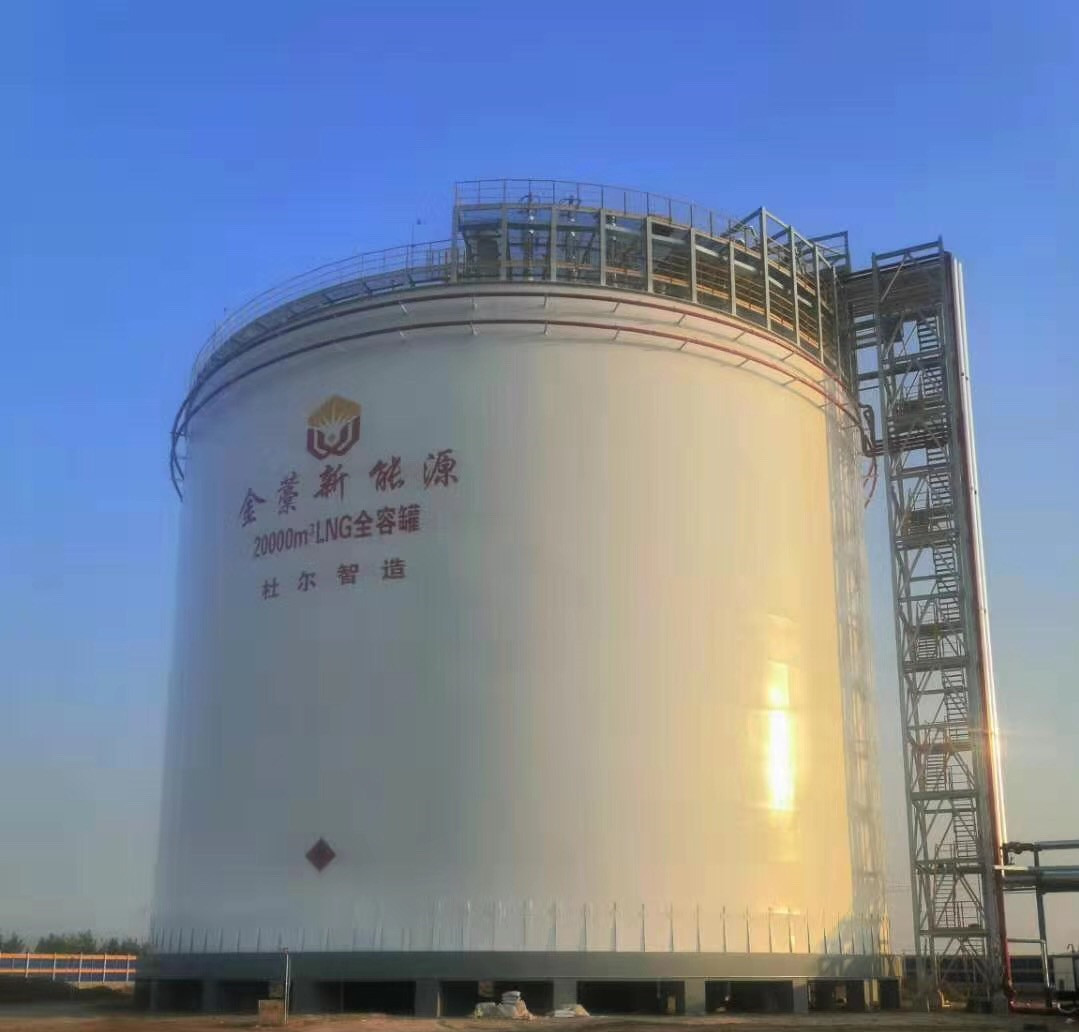Hotline
+86 512-81666096119,Calculation of maximum discharge capacity (bog) under tank fire and rollover conditions (Part 2) - Doer equipment
Classification:Forum PublishTime:2019-11-18 12:59:41
Calculation of maximum discharge capacity (bog) under tank fire and tumbling conditions (Part 2)
As for the calculation of maximum discharge capacity (bog) under tank fire and tumbling conditions (Part 2): the calculation of liquid tumbling discharge capacity is complex. According to the provisions of standard en1473-2007, the amount of flash steam generated by tumbling should be calculated using effective specifications. If no mode is available
The flow during rolling can be calculated as:
V B =100V T
VT=V ×η×ρ/ twenty-four
Where:
V b: volume of flash steam generated by rolling, kg / h;
Vt: steam generated by heat Doer to the increase of ambient temperature under normal operation (according to summer working condition);
5: The effective volume of the tank, i.e. the volume of liquid that can be stored in the tank at the design level, ignoring the components immersed in the liquid (e.g
Volume occupied by various pipes, internal vertical ladders, etc;
η: Daily evaporation rate of storage tank (based on full of pure LNG);
ρ : LNG density;
5.2.4 calculation
Comparing the discharge capacity under the two working conditions, the discharge capacity of the safety valve of LNG storage tank shall be determined according to the larger value of the two.
The LNG tank of the project is made of 20000 cubic meters of elastic felt, and the ceiling is made of pearly sand.
Its parameters are as follows:
Inner tank wall diameter: 36m, outer tank diameter: 26.5m
Inner tank wall height: 34m, outer tank height: 24m
Effective volume of storage tank 20000 m ³
The height of tank foundation is 2.2m (it is the distance from the upper surface of tank foundation to the ground, temporarily 2.2m)
LNG density: 480 kg / M ³
Environmental factor F 0.000275
Daily evaporation rate (static evaporation rate of storage tank is calculated as 0.08% and allowance is considered)
Flame height 9.15m
Design liquid level H 21.2m
LNG gasification latent heat 508.85 kJ / kg
Calculation of external fire conditions:
Heat transfer in fire: H = 71000 × F × A 0.82 +H n
=71000 × zero point zero zero zero two seven five ×( π × thirty-six ×( 9.15-2.2)) 0.82
= 71000 × zero point zero zero zero two seven five × 236.6 W
=4620W
LNG gasification latent heat under pressure relief state 508.85 kJ / kg
Heat transfer caused by fire alone: W1 = 4620 × 3600/(1000 × 508.85)=32.69Kg/h
Bog generated by static evaporation under normal conditions of storage tank:
Wn=V ×η×ρ/ 24=20747 × 0.08% × 480/24=166.5Kg/h=331Nm ³/ h;
Where: v = π ×( 34/2) 2 × 23=20747m ³, The amount of liquid contained at the design liquid level of the storage tank;
Under fire conditions, the gasification capacity generated is the sum of static evaporation of storage tank and gasification capacity caused by fire alone:
Wfire = W1 + wn = 32.69 + 331 = 192.64kg/h = 363.69nm ³/ h;
Rolling condition: W rolling = v b = 100wn = 33100Kg / h = 41375nm ³/ h;

News
- 216、Advantages of Double Metal Full Capacity Tank … [2023-05-09]
- 215、Design principles for low-temperature storage … [2023-05-09]
- 214、Low temperature storage tank safety education … [2023-05-09]
- 213、Objectives of project construction management-… [2023-05-09]
- 212、Quality service advantages of Doer large low-t… [2023-05-09]
- 211、Advantages of Doer Large Low Temperature Stora… [2023-05-09]
- 216、Design scope of atmospheric and low-temperatur… [2023-05-08]
- 215、Process flow of low-temperature LNG storage ta… [2023-05-08]
- 214、Testing methods for low-temperature argon stor… [2023-05-08]
- 213、Performance Description of Low Temperature Eth… [2023-05-08]






